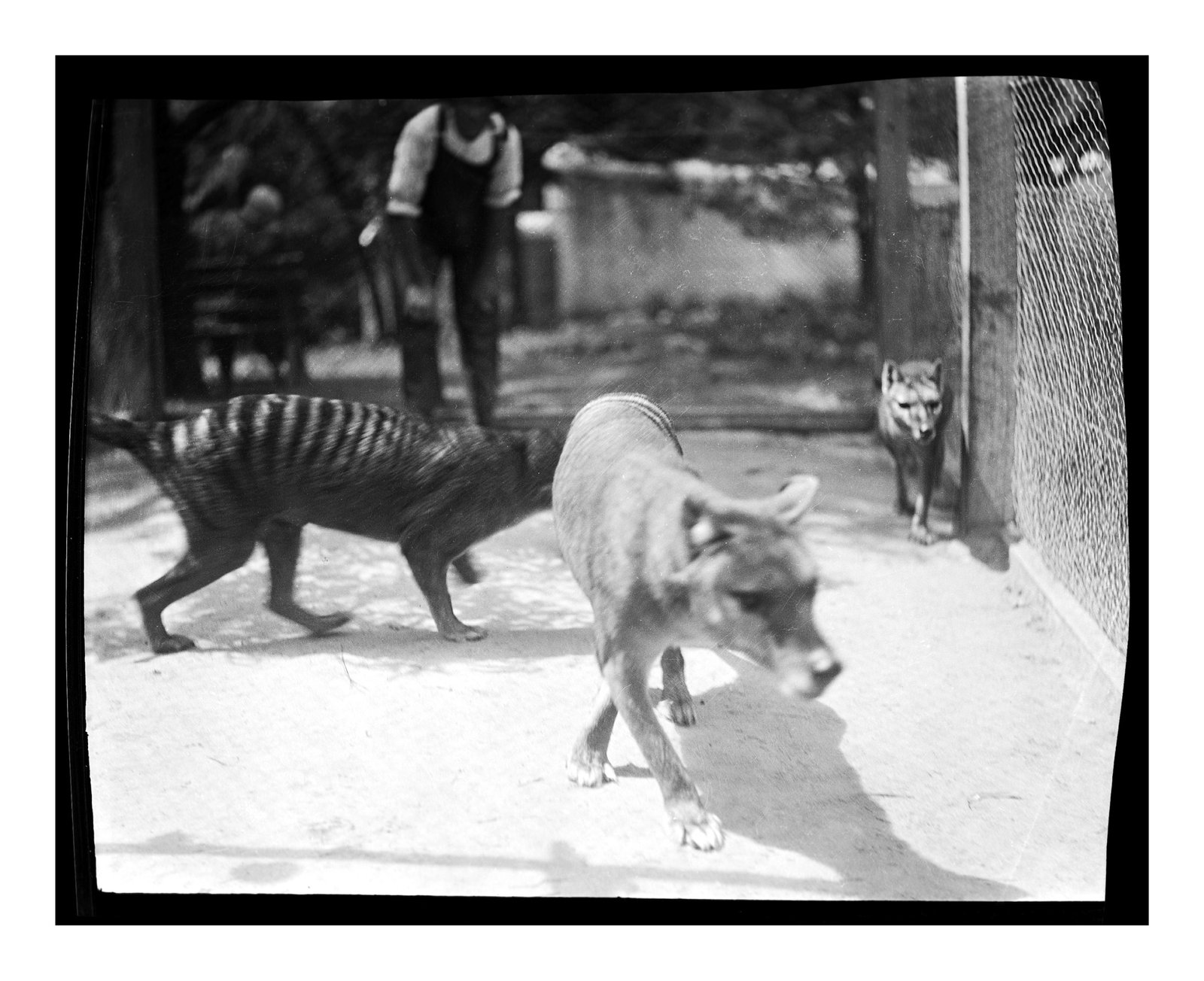The tawny coat with dark stripes, the jaws with a 80 degrees opening, these were the principle traits of the Thylacinus cynocephalus, or the Tasmanian Tiger. The last Thylacinus, a wolflike marsupial, died in 1936 in a Hobart’s zoo.
A research group mainly from the Stockholm University, extracted, sequenced and analyzed historical RNA from muscle and skin tissue of a ~130-year-old Tasmanian tiger preserved in desiccation at room temperature in a museum collection. The transcriptional profiles closely resemble those of extant species, revealing specific anatomical features such as slow muscle fibers or blood infiltration.

In particular, the researchers found that the presence of different ranges of tissues still available in the thylacine specimen analyzed entailed a good opportunity to explore one of the main characteristics of RNA profiles that DNA cannot provide, tissue-specific gene expression signatures.
Protein-coding transcripts were highly representative of the sampled tissues, including titin and actin for skeletal muscle and keratin for skin. Furthermore, the transcriptional profiles indicate the presence of slow-acting muscle fibers in the skeletal muscle samples, and a putative source of blood infiltration in two of the three skins analyzed, showing the resolution of information that can potentially be extracted from such data [1].
Despite the limitations in the recovery of RNA extracts from well-preserved remains, this study adds additional proof of RNA molecules still present and recoverable at amounts sufficient to be representative of true historical transcriptomic profiles in dry museum collections. Because the timescale of RNA preservation seems to range several thousand years into the past there’s a hope that a vast yet unexplored compendium of preserved tissues awaits further analysis in search of long-forgotten transcriptomes [1].
The results represent the first successful attempt to obtain transcriptional profiles from an extinct animal species, providing thought-to-be-lost information on gene expression dynamics. This opens to the study of RNA molecules across the vast collections of Natural History museums and from well-preserved permafrost remains [1].
[1] Historical RNA expression profiles from the extinct Tasmanian Tiger; Emilio Mármol-Sánchez, Bastian Fromm, Nikolay Oskolkov, Zoé Pochon, Panagiotis Kalogeropoulos, Eli Eriksson, Inna Biryukova, Vaishnovi Sekar, Erik Ersmark2, Björn Andersson, Love Dalén, Marc R. Friedländer – Genome Research; 2023





